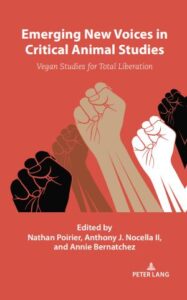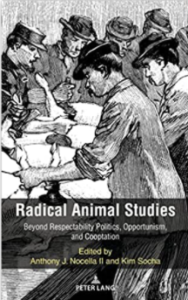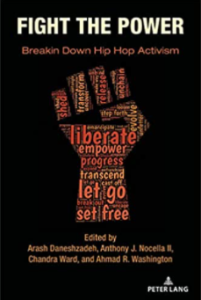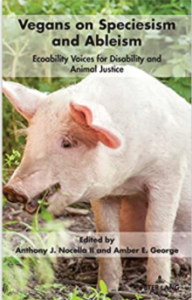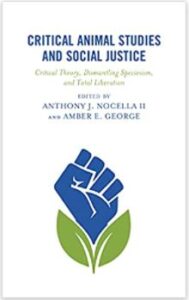Shannon Callahan
Donkeys in Egyptian Brick Manufacturing
By, Shannon Callahan, Graduate Student in Middle East Studies and International Human Rights Law at the American University in Cairo
Abstract
This paper examines brick manufacturing in Egypt in order to identify the ways that the industry is exploitative of humans, animals, and the environment. Focusing on working donkeys, the paper identifies the actors in the animals’ network, with particular emphasis on the internationally funded animal welfare groups that provide veterinary services. The study reveals the shared adversity and alienation of humans and donkeys working in Egyptian brick factories, as well as some of the advantages that donkeys enjoy over their human coworkers.
Donkeys and humans are part of an inextricable network of labor that is exploitative and destructive. The paper draws on a Marxian analysis of ethnographic data collected in Egyptian brick kilns. In this industry both humans and donkeys are forced to endure long working hours in dangerous conditions. All of the workers, regardless of species, are estranged from the product of their labor, because they labor for the benefit of someone else. Estrangement from their essential natures occurs because they are not able to pursue their own desires or use their energy for the betterment of themselves. The donkey is symbolic of the exploitation of workers generally, in every industry. People do not notice the donkey’s contributions or his sacrifices, and his labor, like all labor, is made invisible to the consumer through the fetishization of commodities.
However, the donkey is visible to certain key actors who advocate for these animals. In fact the donkeys enjoy some benefits and protections that their human coworkers do not. The informal nature of the brick factories precludes governmental safety inspections, which enables the factory owners to exploit workers by forcing them to work long hours in unsafe conditions without adequate protective gear. However, factory owners allow animal welfare organizations access to inspect the donkeys’ work environments, their harnesses and other gear, and provide them with veterinary care. The owners seem to welcome these interventions, which are free of charge, increase productivity and do not threaten the status quo.
Finally, this paper suggests that just as donkeys and humans suffer in entangled oppression in the brick factories, perhaps they could also share in mutual empowerment. Animal welfare organizations have not only improved working conditions for donkeys in the brick factories, at times they have also teamed with human-oriented charities to provide educational opportunities for workers and they have also stimulated business for local craftsman.
These actions seem to acknowledge not only the shared adversity of humans and donkeys now, but also the likelihood that their fates will continue to be intertwined in the future as well.
Bio
Shannon Callahan is a graduate student at the American University in Cairo pursuing dual master’s degrees in Middle East Studies and International Human Rights Law. Her master’s thesis in Middle East Studies focused on the socioeconomic significance of donkeys in Egypt.

